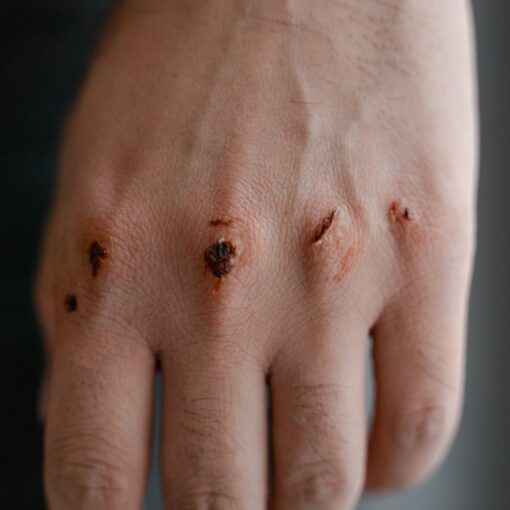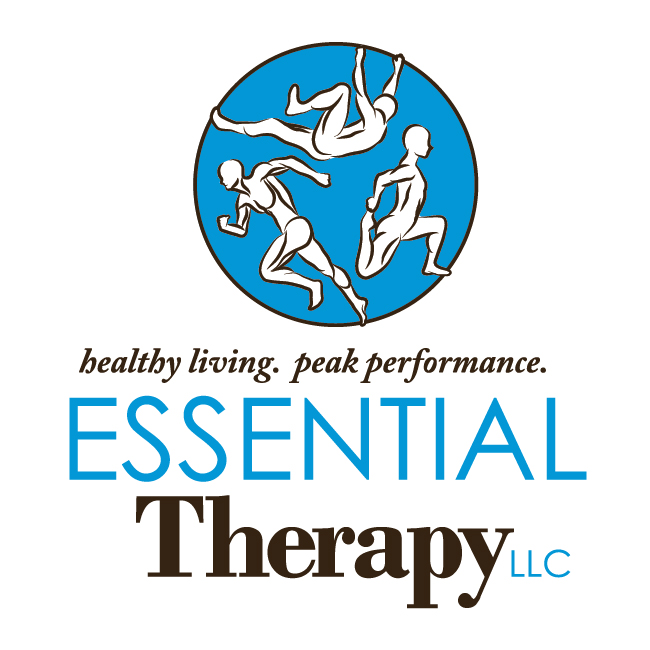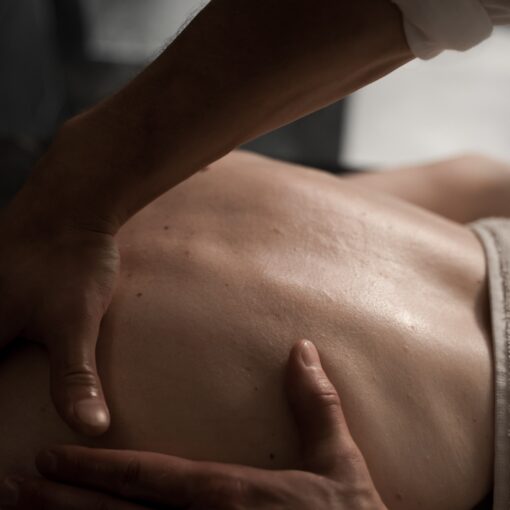There are a lot of terms that get thrown around when people are trying to be healthy. What do they really mean? Here is a quick rundown of the biggest and most often confused ones.
Alternative Care:
Alternative or Complementary medicine (CAM) is a constantly changing term, colloquially used to mean “not major medical.” It is used in the health field primarily in relation to health care that does not have a large body of scientific evidence to back it. Massage is in a funny place in alternative care: there are a number of studies investigating its efficacy, but the results are often contradictory. We know massage doesn’t increase blood flow to an area, but we also know it can reduce the enzymes that cause inflammation after a hard workout. Some studies say it helps pain; some show no statistically significant improvement. Just remember what it’s about: we manipulate soft tissue. We don’t treat nerves, or the brain, or internal organs. Relief of stress may help the symptoms associated with these, but your medical care still needs to be addressed. Use major medical and alternative together for your best health.
Since many health care practitioners (HCPs) have no training in CAM fields, they may be reluctant to refer you to an alternative care provider. They may also be reluctant to refer if they’ve had problems with exaggerated claims from an alternative provider in the past that caused a patient to change their treatment without proper oversight. Don’t be afraid to press for alternative care if you need it, but BEWARE of outrageous claims. Nothing in alternative care can cure cancer, eliminate the need for certain medicines, or magically make every symptom disappear. The best way to proper utilize alternative care is integratively- make sure all parties know what changes are being discussed. Yes, that may mean more frequent visits to consult. Do it anyway. Patient compliance is incredibly important to effective medical care.

Holistic care:
Holistic care is a philosophy more than a modality of care. Any type of HCP can be holistic, or not. It depends on how they view the body and its illnesses. Holistic care focuses on how the body functions as a whole, with all the parts interconnecting and affecting each other. For instance, a holistic massage therapist will treat not only the neck and shoulders for migraines, but also any areas that may be leading to tension in the neck. Reviewing old injuries, poor posture, or a referral to a nutritionist may all be in order. A holistic doctor will review not only what brings you in today, but how it might be linked to problems you’ve had in the past, and how medications might be interacting with or causing new stresses.
Preventative care is also a hallmark of a holistic HCPs. It is nearly impossible to consider the person as a whole without also noticing things that aren’t problems yet but consistently lead to more problems. It is becoming increasingly common in less holistic providers too, as their patients increasingly lean away from ‘quick fix’ pills. Educating their patients about how lack of care decreases treatment options means they must consider a wider range of problems early on.
Homeopathy:
Homeopathy is probably one of the widest known and least understood terms in alternative care. It does NOT mean ‘natural’ medicine. It is one of the least scientific and most bogus ‘modalities’ of ‘health care.’
Boiled down, homeopathy asserts that the more you dilute a medicine, the more effective or potent it will be.
Read that again and think about it. The less you take, the more it will work.
To be fair, in full, the definition is: “the concept that disease can be treated with minute doses of drugs thought capable of producing in healthy people the same symptoms as those of the disease being treated.” On the surface, this is not too dissimilar from the way allergies are treated, suggesting a type of attenuation therapy.
However, the concept was formalized in 1796, and many of the principles used to determine a course of treatment ignore two centuries of advancement in the understanding of the human body and its function. Dilutions are so extreme that there is almost no chance of a single effective molecule present in the fluid. And lest the phrase ‘almost no chance’ be misinterpreted, a typical ‘low potency’ dilution ratio is 30x: diluted to 0.00000000000000000000000000001% concentration. Yes, that is 28 zeros. “Potent”, in homeopathy, is MORE diluted. So a ‘high potency’ dosage may be even less, by orders of magnitude.
Additionally, dilutions are often done with alcohol, which may be listed as an ‘inactive’ ingredient. I don’t know about you, but the last time I received something that was 18% or more alcohol, I had to show ID to get it.
You may occasionally see “homeopathic” on labels which then show a 10%, 1%, or.1% concentration (or 1x, 2x, or 3x, in homeopathic parlance). This dilution more or less contradicts homeopathic principles, as concentrations that high should, by their theory, PRODUCE symptoms, not treat them. However, these concentrations are scientifically effective levels (Sudafed, for example, has a concentration of something like 3% pseudoephedrine per pill). Thus these types of homeopathic treatments dodge FDA oversight while providing levels of medicine that, for safety’s sake, ought to be monitored.
In short, there are other treatments that are either safer, more effective, or both. If you are ever tempted to buy a homeopathic remedy, consider taking that cash and burning it instead: after all, by their theory, the minute amounts of cocaine on our cash should be enough to get you high so you don’t care.




